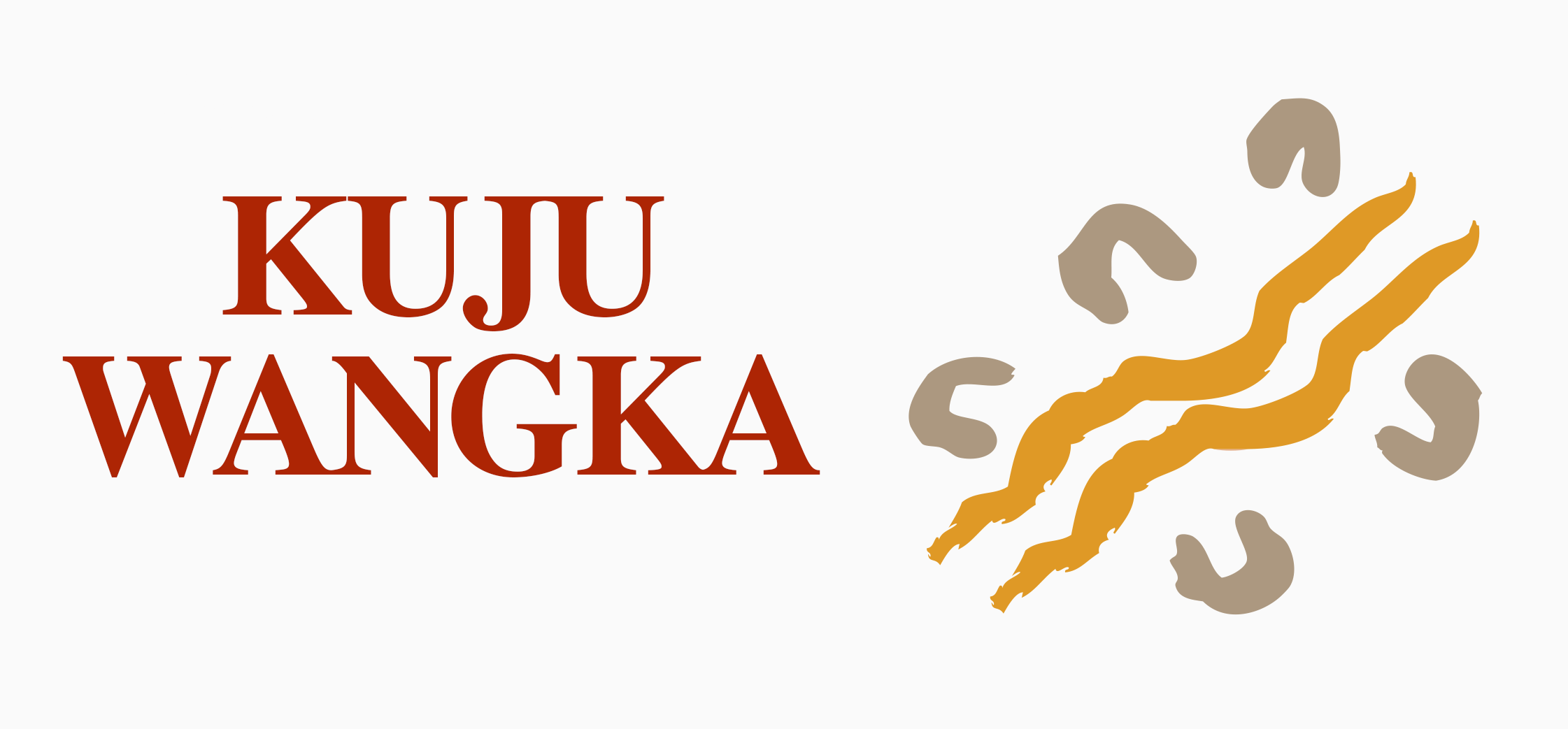Tjurabalan Country (Wells 50-51)
Tjurabalan Country lies across the edges of the Tanami and the Great Sandy Deserts. Some of the important Country types include Pamarr country (rocky slopes and hills), jiljinga (spinifex sand plains), jilji (sand dunes), warrarn (clay pans) and kiliki (creeks). Ancestry is important for Tjurabalan Country. One person comes from four different tribes — from four grandparents — and this is how people get their skin groups (kinship). Knowing one’s skin is knowing one’s identity, because it is traced through ancestral lines. It is the skin groups that tell people where their Country is.
CULTURE + HERITAGE
Pamarr Country (rocky slopes and hills) and the jiljinga, jilji, warrarn and kiliki that form part of this landscape are all important for different cultural, food or medicine uses. Paruku (Lake Gregory) is one of the most spectacular features on Country.
FLORA + FAUNA
Sandalwood and lawa (lemonwood) is only found on jilji (dunes). Kunanturu (beans) and purkilpiri (martiwa gum) can be found on creek lines. Species like the jarrampayi (sand goanna) can be found in the flood-out areas and spinifex plains. The long-tailed planigale, the world’s smallest marsupial species, is a mouse-like creature that lives in the jilji and kiliki Country. Tjurabalan Country also has two species of pygmy goanna that live in the spinifex Country.

